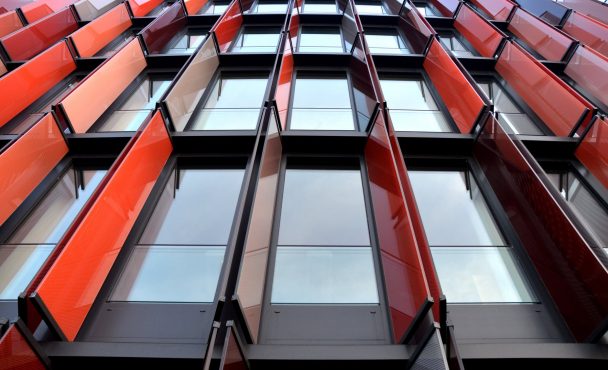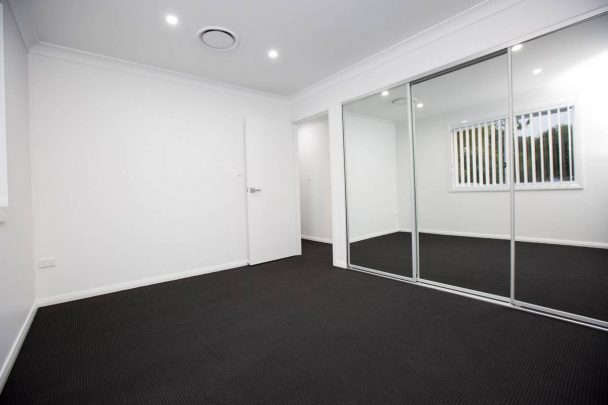Commercial construction projects are often considered expensive, and not without a reason. Buildings for offices, retail, restaurants, schools, churches, and sports venues always have more stringent requirements than residential properties and are known to elicit significant costs. Still, with smart budgeting accompanied by a few simple rules, it’s possible to finance a commercial building without breaking the bank.
Have a clear idea
Before you meet with the architect or the general contractor, you need to know what you want your building to look like, what you’re going to use it for and what are the special, extra features. You don’t necessarily have to have a solid plan yet, just a means to articulate your requirements. At this point, you should’ve met with someone to negotiate financing. If it comes to change orders, keep in mind that it’s much easier and less expensive to make changes during the design phase than it is during the construction process.
Reduce change orders to a minimum
Change orders are the number one reason behind increased construction costs and construction schedules being reduced to a crawl. They typically occur when the original plans are altered if the project’s completion date is changed. However, all change orders need to be put in writing and approved by all parties. There are two main reasons change orders increase the total construction cost to the owner – the materials and labour already used need to be paid for, and the delayed date increases labour cost and prevents you from using the building to make money.

Bring a commercial contractor into the team
If you fail to include a contractor in your early design process, you can damage your timeline and costs, even before the project takes off. In addition, commercial contractors are always up-to-date with the trends in the industry, and guaranteed to know how to get materials at a lower cost. If you’re building in NSW, you need to seriously consider serious pros, as these Sydney-based builders, with decades of experience and many landmark commercial and retail sites.
Advantages of hiring a commercial builder
Unlike your architect, a commercial contractor will know and understand the building code requirements for the area in which you’re building. There are several disadvantages related to not having a commercial builder in your team. First, there’ll be no one to tell you that some design options you are implementing don’t comply with the city’s code. Second, you might be surprised to find that the materials you’ve chosen are not available for the price you need. Third, as a result of these two, change orders will have to be made, increasing the cost and slowing down the work.

Consider prefabricated steel
If you’ve chosen a steel construction, keep in mind that many steel parts can be made in a factory and delivered to the construction site as prefabricated elements. This money-saving procedure also requires less labour and time. Unlike some cases in the previous decades, prefabricated doesn’t equal ugly. Prefabricated steel buildings can actually look surprisingly stylish, especially if paired with a suitable façade.
Choose the right time of the year
Although this advice might seem as a no-brainer, you should build in the time of the year which is least likely to have extreme weather conditions like heavy rain and strong winds. Weather-induced delays can increase the total cost by slowing the project down; however, keep in mind that the prices of construction usually rise in the summer because of the high demand and plans for the buildings to be finished by the holidays. A happy medium would be to start with your project in late winter or autumn.
Apart from the materials, your biggest cost associated with your construction project would be change orders and work delays. However, by having an experienced commercial contractor on board, you’ll be able to reduce unnecessary expenses to a minimum.






